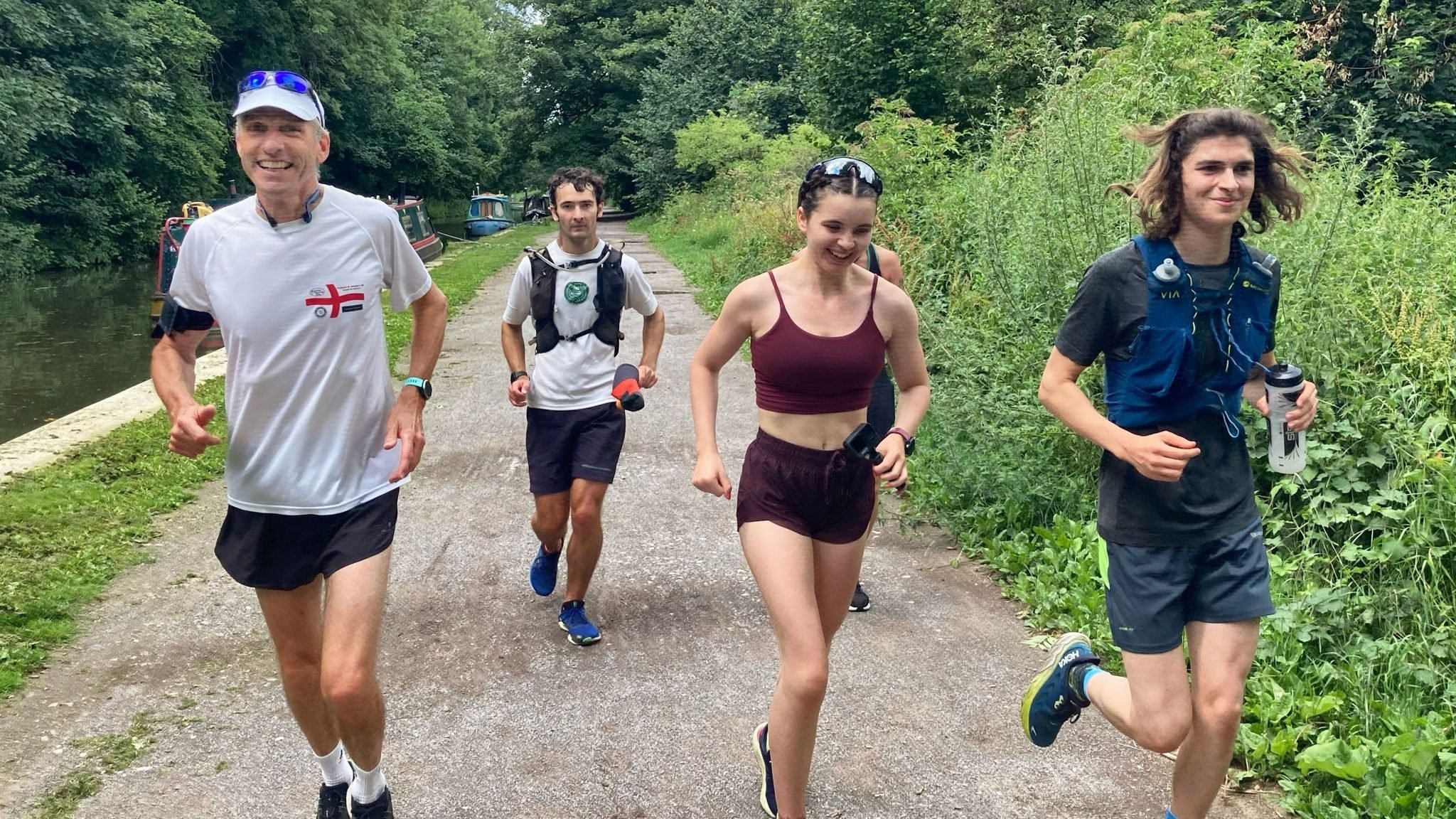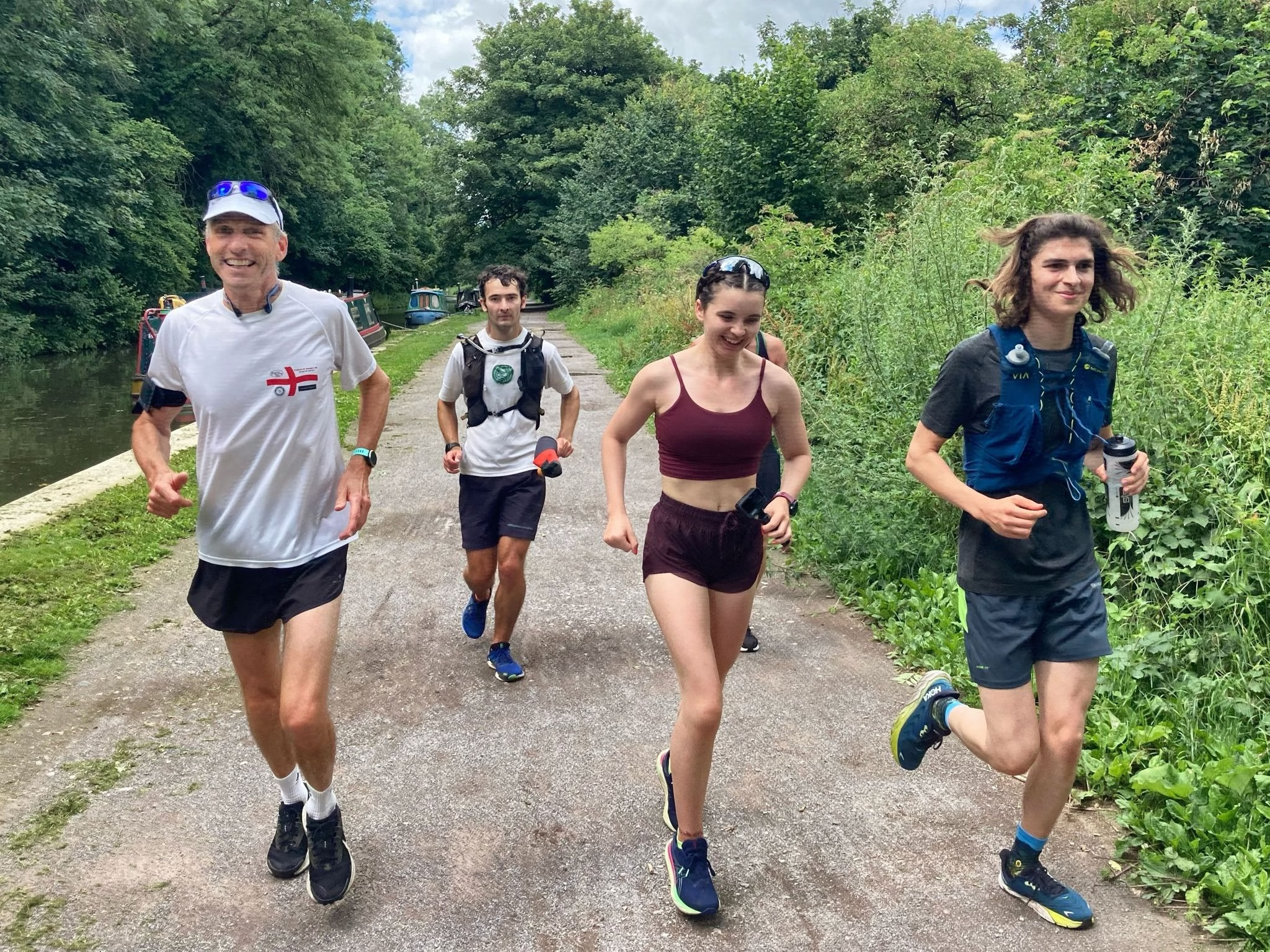Urban forests are the unsung heroes of our natural world, supporting wildlife habitats, creating nature corridors, and bringing nature closer to many of us.
When we think of a woodland, we often think of places in the countryside, away from the bustle of cities, somewhere we visit at weekends. However, with more of us living in cities than ever and a growing number of urban areas globally, should we be rethinking our green spaces?
In the UK, around 1 in 5 people are deprived of green spaces and that number is even worse for lower income and minority ethnic groups. In the USA, the ratio is around 1 in 3 not having access to close-to-home parks and green spaces.
The EU’s new Nature Restoration Law recommends a minimum of 10% tree cover in European cities. So what are the benefits of increased urban woodlands? And why should runners care about it?

Fighting climate change
Let’s start off with the big one: the more trees we have, the more carbon we capture. Trees can store an average of 25 kg of CO2 every year, resulting in a 100-year-old-tree capturing 2.5 tonnes of carbon.
If we consider the average person emits around 4 tonnes of CO2e each year, that means we have a lot of trees to plant. Thankfully, trees are not the only tools in our toolbox, with marshes, peatlands and other vegetation also absorbing vast amounts of carbon.
Nevertheless, trees are vital in supporting a low-carbon future, and they have many other benefits, too.
Creating urban nature corridors
Imagine you are driving home and suddenly a section of the road has just disappeared. You now have to make a 25 km detour to get to your destination. How frustrating!
Now, imagine you are a squirrel who has been pushed out of their territory – maybe by a rival, maybe due to a lack of food – and you are faced with a concrete jungle. There is no tree cover for you, there is a lot of traffic, and you don’t have Google Maps to tell you where to find a way around.
Urban forests provide an essential link for wildlife to pass through cities safely; safe from cars and safe from predators. In creating a joined-up network of woodlands in our cities, we can drastically reduce animal deaths as well as accidents with vehicles.
And it’s not just mammals; insects, mosses, fungi, lichens, birds all rely on trees as habitats.
Cooling our cities down
One of the big benefits specifically for runners in urban areas is trees dramatically cool streets down. Research has shown that urban canopies reduce street temperatures by around 1.07ºC on average, and up to 2.9ºC in some areas – but we need at least 16% tree coverage for these benefits. The good news is that, the more trees we have, the greater the effect.
This drop in temperature obviously results in much more pleasant running conditions, but it is also incredibly important for our health. One study covering 93 European cities found the urban heat island (UHI) effect caused around 6,700 premature deaths – 4.3% of all summer deaths. By increasing tree cover to 30% in these cities, the researchers found it could save around 2,600 premature deaths.
Not only will lives be saved, but carbon emitted through the likes of air conditioning units in shops, homes and cars will be reduced thanks to the natural cooling of shady tree cover.

Carbon offsetting – what’s it all about?
We know just how beneficial trees are, but is it as simple as sticking a tree in the ground anywhere? Andrew breaks down the issue of offsetting and how you can ensure your money goes to the right places.
The lungs of a city
Sadly, excess heat is just one of the problems caused by a lack of urban forests.
According to the UN, around 8.1 million people die globally due to the effects of air pollution, making it the second-leading death risk factor globally. In cities the problem is particularly severe, with vehicles emitting harmful nitrogen dioxide (NO2) in concentrated areas.
While you are on your next city run, notice the difference in air quality between the areas with high traffic volume compared to quieter areas. You will notice it in the smell in the air and how difficult it is to breathe.
Thankfully, trees can help with that. Trees are phenomenally good at capturing particulates in the air, as well as producing fresh oxygen. The ability to capture particulate matter varies tree to tree, but either way they are excellent at dispersing and capturing high concentrations of harmful pollutants.
Happy heart, happy head
With a lovely green neighbourhood to run through, not only will your lungs be thanking you, but your brain will, too!
Study after study has shown that spending time in nature reduces blood pressure, improves sleep and cognitive function, as well as boosting our mental wellbeing. Therefore, increasing the woodland canopy in our cities can also help reduce our stress and anxiety levels.
How can you help?
This is an issue which affects billions of people around the world. If we want to have cleaner, greener, biodiverse cities, we need to double-down on our urban forests.
Next time you are running, take the time to visit a leafy green neighbourhood. Unfortunately, that terminology is rooted in affluence, so a big challenge to our representatives is expanding our green spaces and urban forests to all neighbourhoods.
Write to your local representative and ask them to investigate expanding urban green spaces. They will not only capture carbon and support nature, but dramatically reduce deaths and health bills.


